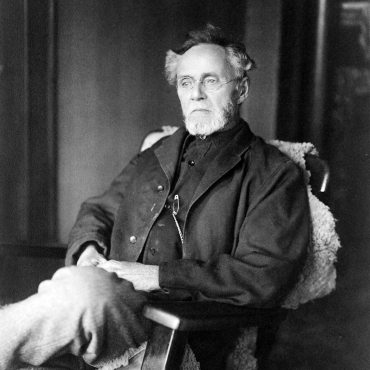
Osteopathy
Osteopathy is a medical system based on the philosophy of health and its preservation. It considers the body as a whole and violation of the structural - anatomical relationships between different organs and parts of the body as the primary causes of disease, defining them as "osteopathic dysfunction". In practice, osteopathy is a system of manipulative methods of diagnosis and treatment based on high sensitivity of hands. Osteopath is capable to determine by hands where a disorder occurs in the body, which organs or bone structures are displaced or limited in movement and what is the cause of pain. The main task of an osteopath is not to work with the symptoms of the disease, but with the help of professional diagnosis to find the true cause of the problem and correct it through osteopathic manipulations. The term "osteopathy" was proposed over 140 years ago by the American doctor Andrew Taylor Still, who formulated the basic principles of osteopathy and developed the range of special manual methods of diagnosis and treatment of a number of diseases.
Dr.Still established the first osteopathic school in the United States and worked out the postulates, which became the main concepts f osteopathy:
"Structure governs function, function determines structure", i.e. the body is a whole and requires a comprehensive approach to treatment.
"Life is movement" - all organs and tissues of human body are normally physiologically mobile and change with the rhythm of muscular contractions, respiratory movements, pulsation of blood vessels. In response to a traumatic impact this mobility may be violated, which leads to the dysfunction of the impaired organ.
” The rule of the artery is paramount" - implies the importance of normal blood circulation in the maintenance of human health.
"The body is a self-regulating system"- indicates the ability of the body to adapt to adverse external influences, including injury.
"Nervous system is the basis of integration" - indicates the primary role of the nervous system to ensure the full operation of other physiological systems of the body.
Osteopathic medicine considers a human being in the context of three-dimensional unity of the muscular-skeletal, nervous and mental systems, which constantly adapts to changing conditions in the external environment. Any violation of one of these three dimensions of the human body will lead to changes in the other dimensions, causing the appearance of the osteopathic lesion.
Osteopathy is safe, as osteopath applies the techniques which rule out rough impact, remaining within the physiological barriers of the tissue.
Sections of osteopathy
- Structural osteopathy, which solves problems of musculoskeletal system.
- Cranial osteopathy regulates the relationship of bone structures of the skull and its contents
- Visceral osteopathy is eng aged in the restoration of positions and mobility of the internal organs.
